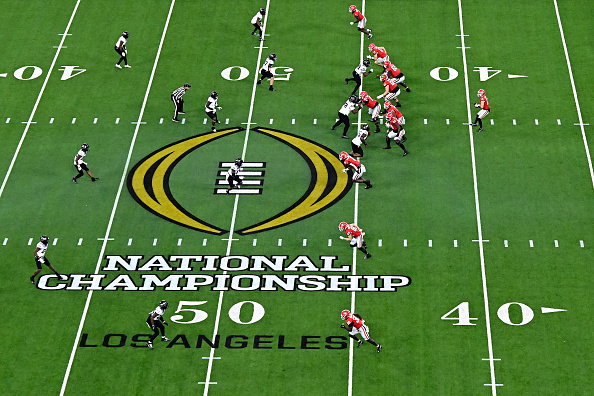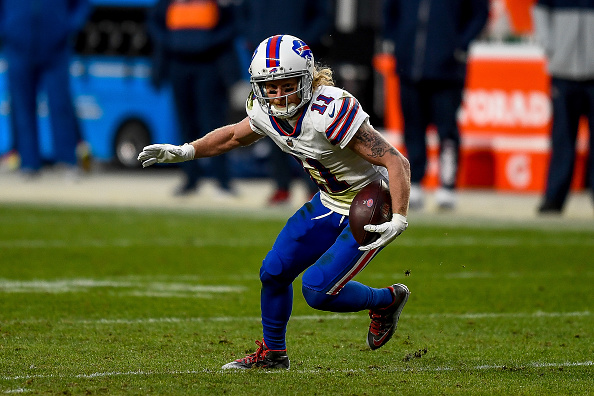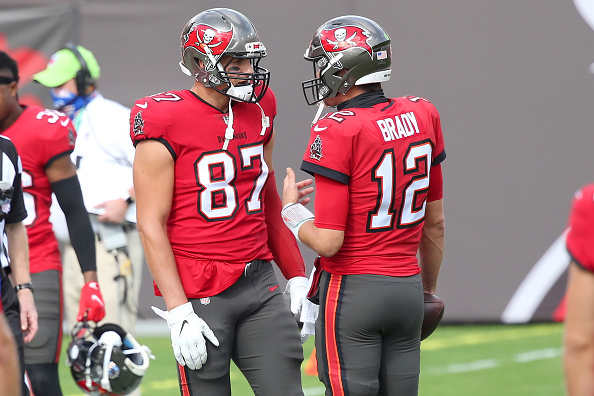Beth Sullivan | May 1st, 2019

Achilles tendon (Calcaneus Tendon) injuries do not occur with the frequency of ACL injuries, but they are more devastating in terms of recovery and performance for NFL players. The Raiders signed Isaiah Crowell to a one-year deal this offseason but that plan got blown out of the water on Monday when Crowell suffered a season-ending Achilles Tendon Tear during offseason conditioning. It is reported that he will undergo surgery to repair the tendon within the next week.
The Achilles Tendon is the strongest and thickest tendon in the body and its narrowest part which is right above the insertion point on the heel is four centimeters thick. The tendon starts in the middle of the calf and extends vertically down to the heel passing behind the ankle. The main function of this tendon is to transmit the power from the calf muscles to the heel and foot which allows the foot to be flexed. The Achilles is needed to “toe-off” when walking and running. It is also needed for the foot to twist onto its outer edge otherwise known as supination which is essential to running backs when changing direction. The tendon must also withstand huge forces which can be as much as eight times a person’s body weight when running and even more when jumping and landing.
Risk Factors for Achilles Tendon Injury
- Age – Peak is between 30 and 40
- Sex – Men experience Achilles rupture 5x as often as women
- Participation in sports after a period of inactivity
- Steroid Injections used to treat inflammation in joints can also weaken tendons
- Obesity
- Fluoroquinolone antibiotics like Cipro and Levaquin increase the risk of Achilles Tendon rupture. The antibiotics were commonly prescribed for many infections before this relationship was identified.
The average recovery time for this type of injury is eleven months. Surgery is done as an outpatient, and the patient is placed in a cast or boot that keeps the foot flexed as the tendon heals. Physical therapy begins 6-8 weeks post surgery and is designed to maximize ankle movement and strengthen calf muscles. Hydrotherapy is utilized in many therapy plans because exercises can be done without full weight bearing and stress on the healing tendon. Running usually begins about six months after surgery with sport-specific activities one to three months after that.
While many advances in repair and treatment post-injury have occurred in recent years, 1/3 of all NFL athletes who sustain this injury do not return to playing the game of football. Performance metrics were significantly reduced for running backs and linebackers who returned following an Achilles injury. Total career length was shorter by almost two years in all players who returned from this injury. Reinjury of the tendon occurs in approximately three percent of the players treated for Achilles injuries and additional injury to the ankle, knee or hip occurred in 22% of players treated.
Hopefully, Crowell has an uneventful successful recovery from this injury. Only time will tell.
Questions and comments?
thescorecrowsports@gmail.com
Follow Us on Twitter @thescorecrow
Follow Us on Reddit at u/TheScorecrow
Follow Us on Facebook at The Scorecrow
Follow Us on Instagram at The Scorecrow
Follow Beth Sullivan on Twitter @GAPeachPolymer
Main Image Credit:
The original uploader was Montrealais at English Wikipedia. [Public domain]






